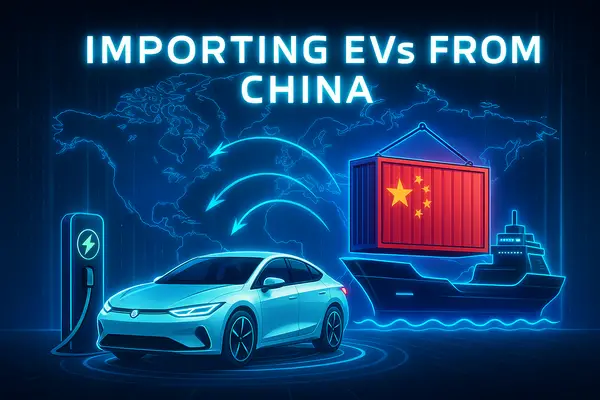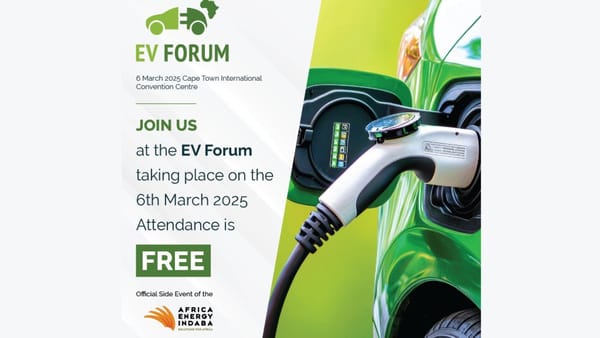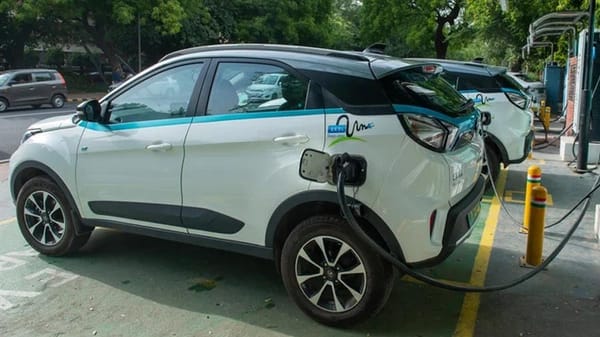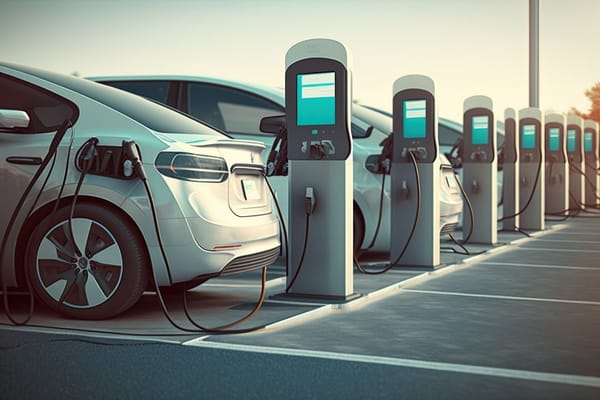How electric vehicles help to tackle climate change.
Electric vehicles (EVs) are an essential part of meeting global goals on climate change. To solve the climate crisis, we must make the vehicles on our roads as clean as possible.


Electric vehicles (EVs) are an essential part of meeting global goals on climate change. To solve the climate crisis, we must make the vehicles on our roads as clean as possible. We have only a decade left to change the way we use energy to avoid the worst impacts of climate change.
Emissions from cars and trucks are not only bad for our planet but also for our health. Air pollutants from gasoline- and diesel-powered vehicles cause asthma, bronchitis, cancer, and premature death.
The health impacts of localized air pollution last a lifetime, with the effects borne out in asthma attacks, lung damage, and heart conditions.
No greenhouse gas emissions directly come from EVs, they run on electricity that is, in large part, still produced from fossil fuels in many parts of the world. Energy is also used to manufacture the vehicle – and, in particular, the battery.
5 ways that EVs are better for the Environment
As a cleaner alternative, EVs are an important step in sustainable transportation. Below are five major ways that EVs can benefit the environment.
1. EVs can produce zero tailpipe emissions.
Full electric vehicles do not need a tailpipe, as they don’t produce exhaust. Traditional engines combust gasoline or diesel, creating energy at the cost of producing harmful carbon emissions. By contrast, the batteries found in EVs are completely emission-free. The most common type of battery employed in EVs is the lithium-ion battery. These batteries can be depleted and charged repeatedly without contributing to air pollution.
2. Even when using fossil fuels, EVs contribute fewer emissions than ICE vehicles. Many electric charging stations use renewable energy to charge EVs. However, some are still powered by coal-burning power plants and similar energy sources considered harmful to the environment. In countries that primarily use coal, oil, or natural gas for power, charging EVs can leave a more significant carbon footprint.
3. EV battery production can be clean.
Although EVs don’t contribute much to air pollution on the road, manufacturing EV batteries can be harmful if done irresponsibly. Nearly all EV emissions are well-to-wheel emissions created during the battery production process. As EVs are still a newer technology, industry standards are inconsistent with the energy sources used for making batteries, resulting in larger carbon footprints. But, this is already beginning to change.
Today’s EV batteries have a carbon footprint that is 2 to 3 times lower than two years ago, and growing cleaner still. Manufacturers of EVs are setting guidelines for their battery suppliers. For example, they require suppliers to only use renewable energy sources during production, such as solar and wind. These sources can provide the large amount of energy needed to produce EV batteries without harmful emissions. In fact, EV automaker Tesla plans to manufacture its batteries using 100% renewable energy.
4. ICE vehicles pollute continuously.
Apart from the limited use of coal-fueled charging stations, EVs do not contribute to air pollution after they are manufactured. Most emissions are produced during the battery manufacturing process. That means the total emissions of an EV can be measured before it even starts up for the first time.
ICE vehicles, on the other hand, produce CO2 emissions whenever their engines are on. On average, a gasoline-powered passenger vehicle produces between 5 to 6 metric tons of CO2 per year. A study by the Union of Concerned Scientists found that the ICE emissions surpass the EVs’ well-to-wheel emissions in just 6-18 months of operation. With millions of ICE vehicles being driven worldwide, emissions continue to be produced in great volumes. Alternatively, an electric vehicle powered by renewable energy will maintain a neutral carbon footprint, indefinitely.
5. EV manufacturers use eco-friendly materials.
One of the major obstacles facing EV manufacturers is producing a functional, lightweight vehicle. Lighter EVs have a greater range and smaller carbon footprint, but traditional materials make it difficult to achieve this. However, recycled and organic materials are now comparable to traditional materials. They’re lightweight, eco-friendly, strong, and durable.
Many conventional manufacturers use recycled materials for small components but currently don’t use them for a vehicle’s structure. EV manufacturers are using and improving eco-friendly materials to build lighter, more efficient vehicles.
Weight reduction is not the only benefit of using recycled and organic materials—they are also better for the environment. Using new materials like metals and plastics is unsustainable and creates pollution. All-natural or recycled materials minimize the environmental impact both during and after the EV production process.
Source:
i) Samsara (2023) How Are Electric Vehicles Better for the Environment?




